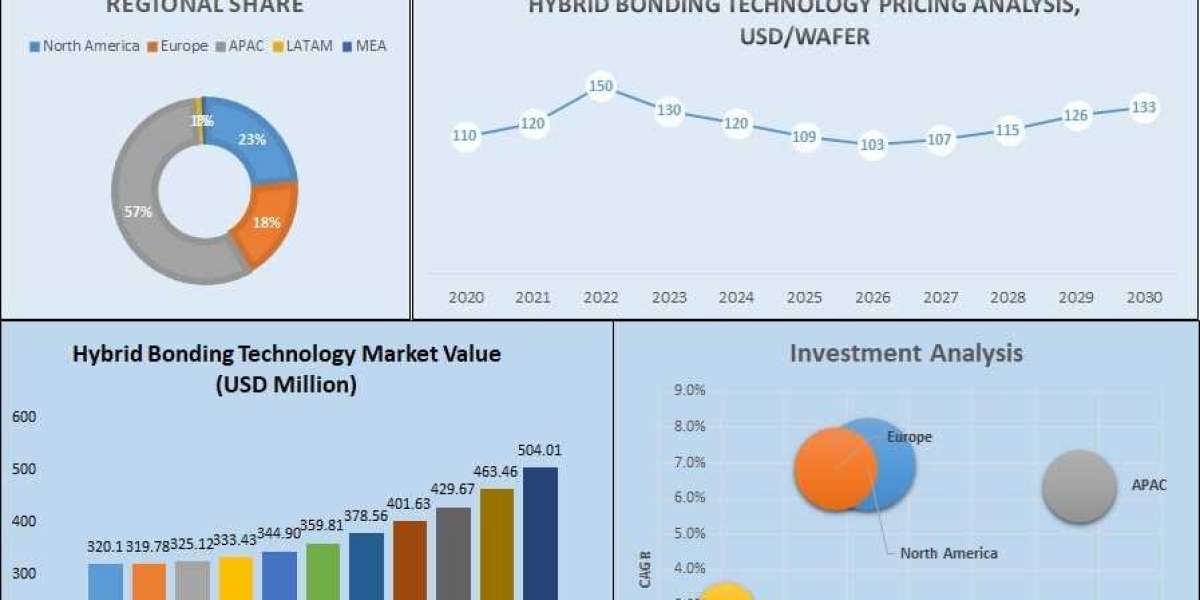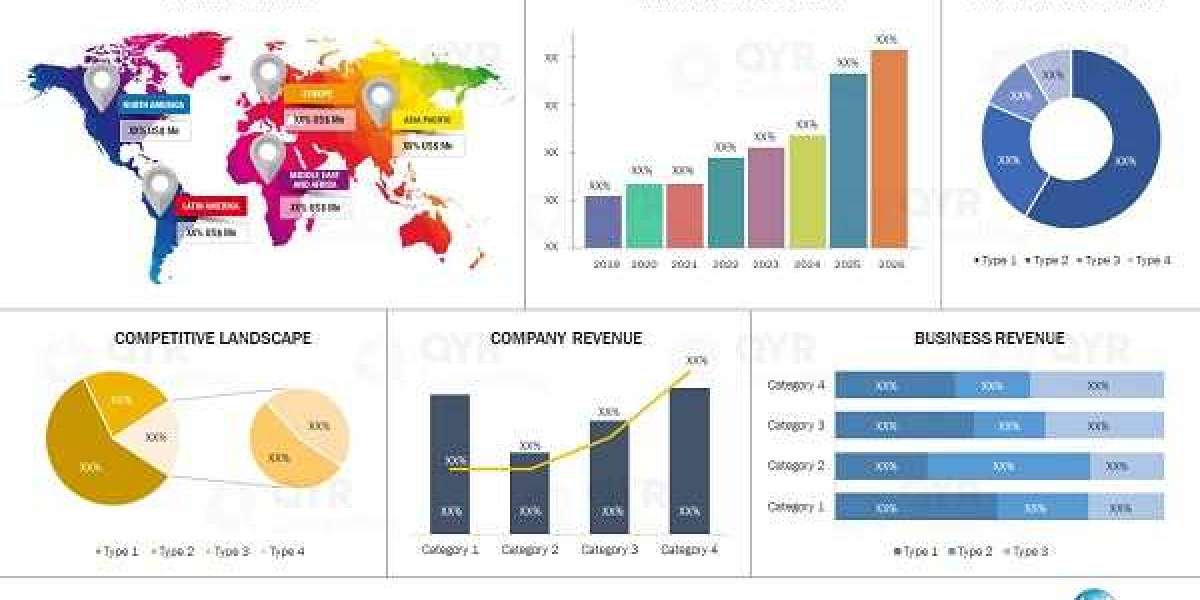The Hybrid Bonding Revolution Is Here
The Hybrid Bonding Technology market is no longer just a future possibility — it’s happening now. As chip manufacturers face the limits of traditional interconnect methods, hybrid bonding has emerged as a game-changing technology in semiconductor packaging. By enabling ultra-fine pitch connections between wafers or dies, hybrid bonding delivers better performance, smaller form factors, and lower power consumption.
This makes it essential for high-performance computing, smartphones, IoT devices, and AI processors — areas where even the tiniest gains in efficiency make a big impact.
Market Growth: From Today to 2030
In 2023, the global Hybrid Bonding Technology market was valued at USD 333.43 million. By 2030, it’s expected to reach USD 504.01 million, expanding at a compound annual growth rate (CAGR) of 6.5% from 2024 to 2030. This growth reflects not just innovation in chip design, but the increasing demand for scalable, high-performance electronics across industries.
Why It’s Growing: What’s Driving the Demand?
Several major trends are fueling the rise of hybrid bonding:
Chiplet-based design: Manufacturers are shifting to modular designs, where different chip components are packaged together — and hybrid bonding makes that possible.
AI and 5G adoption: These applications need lightning-fast data processing, which hybrid bonding supports with low-latency, high-bandwidth interconnects.
Miniaturization: Devices are shrinking, but expectations for power and speed are growing. Hybrid bonding is key to meeting both needs.
Deeper Dive: Hybrid Bonding Technology Market Size
Looking at the Hybrid Bonding Technology Market Size, one thing is clear — we’re still early in the growth curve. As production costs decrease and techniques mature, the market is expected to accelerate even faster. Countries in Asia-Pacific are leading the charge in manufacturing adoption, while North America and Europe continue to lead in RD.
Insights from the Latest Hybrid Bonding Technology Report
The most recent Hybrid Bonding Technology report outlines several promising developments:
Increased use of wafer-to-wafer and die-to-wafer bonding methods
Focus on improving manufacturing yield and alignment precision
Partnerships between fabless companies and foundries to speed up adoption
These insights point to one conclusion — hybrid bonding is fast becoming a foundational technology for the next era of semiconductors.
Final Thoughts
The Hybrid Bonding Technology market is moving from niche to necessary. With rising demand across industries and a growing ecosystem of innovators, this technology is set to define the future of chip design and packaging. Whether you're a tech leader, investor, or engineer, keeping a close eye on this space is no longer optional — it's essential.
Contact Information:
Company Name: Mark Spark Solutions
Contact Person: Sushil W
Email: sales@marksparksolutions.com
Phone: +1-585-374-1088
Website: https://marksparksolutions.com











